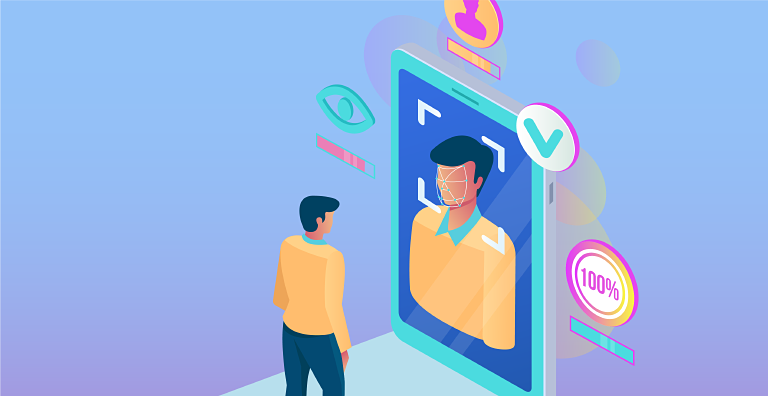How Facial Recognition Simplifies Patient Check-in for Healthcare
In the bustling environments of hospitals and other healthcare providers, the check-in process serves as a crucial entry point to patient care. However, traditional check-in methods can be slow and prone to errors, leading to longer wait times and administrative burdens. Such inefficiencies not only impact patient satisfaction but also hinder timely treatments. With growing demand straining healthcare resources, optimizing the patient check-in process emerges as an urgent necessity. Embracing innovative solutions for patient identity verification becomes paramount in addressing these challenges.
The Importance of Precision & Efficiency for Patient Check-in
Patient check-in is a critical step in the healthcare journey. It is the first point of contact, and any errors made at this stage can have a ripple effect throughout the patient's visit. Manual check-in processes, which often rely on paper forms and manual data entry, are time-consuming and susceptible to errors. These errors can result in misidentification, duplicate records and administrative delays, posing significant threats to patient care and safety.
Patient misidentification is a huge concern in healthcare. The Emergency Care Research Institute (ECRI) has flagged it as one of the top threats to patient safety. Confusing one patient with another can lead to incorrect treatments, while patients who cannot identify themselves due to confusion or incapacitation are at greater risk of receiving improper care. Ensuring accurate and efficient check-ins is essential to ensure that each patient receives the correct treatment promptly.
How Face-Based Check-in Systems Improve Patient Care and Streamline Workflows
Facial recognition technology presents a robust solution to address these challenges by securing and automating patient identification and verification. Using unique biometric markers, facial recognition systems can quickly and accurately identify patients from their initial interaction, reducing the risk of errors and improving workflow efficiency. These systems can also seamlessly connect a patient’s biometric data with their medical records, ensuring that the right person receives the right treatment.
Moreover, integrating facial recognition into the check-in process can significantly reduce wait times. Patients can be identified and checked in instantaneously at a self-service kiosk without the need for manual ID verification. This streamlined process not only elevates the patient experience but also empowers healthcare providers to manage resources more effectively, yielding cost benefits to an overburdened system.
Cost benefits can be realized in an even broader sense by fighting fraud and improving the management of increasingly digital healthcare records. Ensuring that each patient’s identity is accurately verified at every point of contact protects against fraudulent activities that could compromise patient care and financial integrity. At the same time, automatically identifying patients and linking them to their medical records reduces administrative errors, eliminates duplicate files and ensures all patient information remains accurate and up to date.
The Right Tech for the Best Results
These benefits present a compelling business case for adopting biometric patient check-in systems. However, not all facial recognition technologies are created equal. To achieve the best outcomes, healthcare providers must select technologies that constantly perform well under various conditions and can detect sophisticated spoofing attempts aimed at tricking identification systems.
Edge technology, which performs biometric processing and liveness detection on-device, is also important. This feature not only enhances performance, security and efficiency, but also offers a privacy-first approach, essential to achieving regulatory compliance and protecting sensitive data by default. Moreover, an ideal biometric system should be easy to deploy and integrate with existing healthcare infrastructure, ensuring a smooth transition and minimal disruption to operations.
By adopting sophisticated biometric check-in solutions, healthcare providers can streamline administrative processes, improve patient safety, and ensure a seamless and secure experience. To learn more about how biometrics can transform healthcare check-ins and other critical processes, download HID’s eBook, Improve Patient Outcomes and Reduce Medical Fraud With Facial Recognition.
Additional resources:
- Learn more about biometrics in healthcare
- Explore HID’s AI-powered facial recognition technology
- Stay updated — subscribe to the monthly HID Biometric Beat eNewsletter
